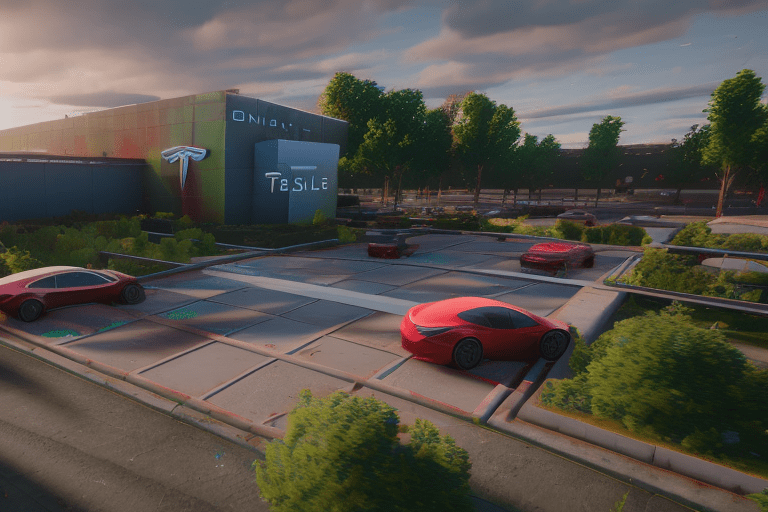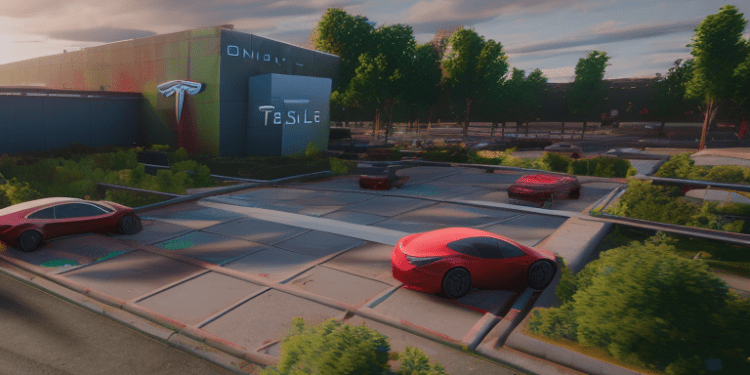Tesla has been making waves in the automotive industry with its innovative technology, and its latest feature is no exception. The company recently released its Vision Park Assist feature, which allows drivers to park their vehicles without the use of ultrasonic sensors (USS). This update has been rolling out with software update 2023.6.9 in recent weeks, and users have been sharing their experiences so far.
The reviews have been largely positive, with users noting the accuracy of the camera sensors and praising Tesla for its impressive work. However, some users have reported less positive experiences, such as the “Park Assist Loading” message taking up to 10 seconds to appear. Tesla is likely to continue deploying fixes and improvements with future updates to ensure that the feature works as intended.
In addition to the Vision Park Assist feature, Tesla drivers with USS vehicles have also reported mixed reviews. While some have had positive experiences, others have noted that the USS Park Assist can be unreliable at times. This makes Tesla’s Vision Park Assist a welcome addition, as it provides a more reliable and accurate way to park.
Overall, Tesla’s Vision Park Assist feature is a great addition to its vehicles and will no doubt be a welcome feature for many drivers. With continued improvements and fixes, it should become even more reliable and accurate in the future.
FAQ
Q1. How electric car batteries work?
A1. Electric car batteries are typically lithium-ion batteries that store energy and power the motor. They are recharged by plugging the car into an electric outlet or charging station.
Q2. What electric car has the longest range?
A2. The Tesla Model S has the longest range of any electric car currently on the market, with a range of up to 370 miles on a single charge.
Q3. How electric car batteries are recycled?
A3. Electric car batteries are recycled by breaking them down into their component parts and then separating out the metals, plastics, and other materials for reuse. The metals are melted down and reused in new products, while the plastics and other materials are recycled into new products.









